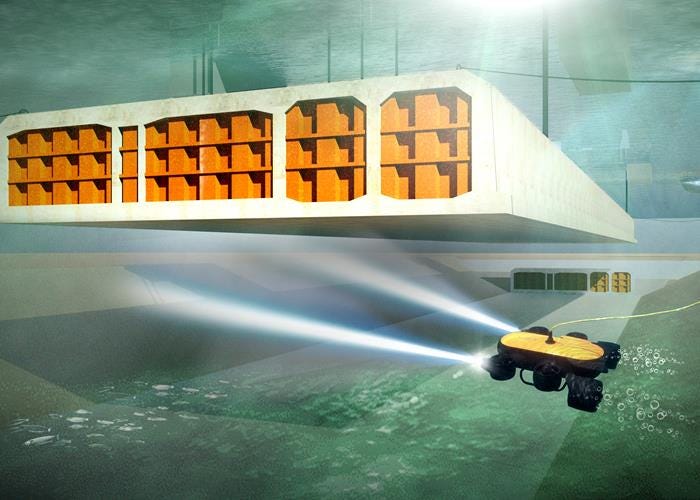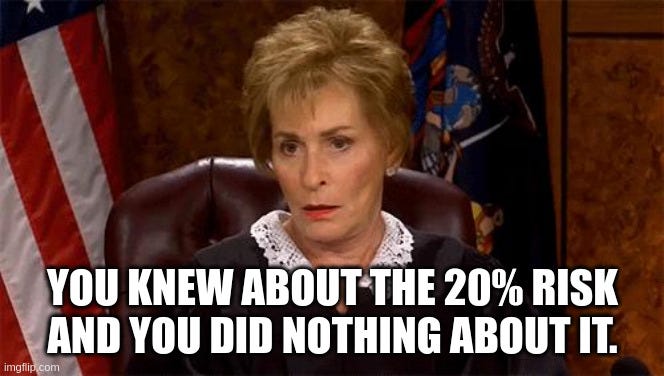Managing Megaprojects with Prediction Markets
Huge mega-projects are happening. We could manage the risks there much better if only we could do it in public.
The biggest project ever is probably China’s Belt and Road initiative. It costs trillions, takes decades, and spans across half the world. Could prediction markets be used in such projects?
Actually, the larger a project is, the more suitable they are. It requires a minimum number of participants to achieve a useful accuracy and larger projects have more people involved. Due to their size, information is inevitably more public and that allows even outsiders to get involved.
Example: The Fehmarnbelt Tunnel
This tunnel will connect Germany and Denmark. The high-level phases of the project are available on this website (archived) and we can directly create prediction markets if the deadlines are met:
Site preparation (done)
Construction of work harbours at Rødbyhavn and Puttgarden (done)
Dredging in the Fehmarbelt and establishment of new land areas. Will the dredging for the Fehmarn Belt fixed link finish in 2024?
Construction of tunnel factory at Rødbyhavn and the ‘tunnel town’ (done)
Portal facilities: Will the portal facilities for the Fehmarn Belt fixed link in Denmark finish in 2024?
Production and assembly of tunnel elements: Will the first tunnel element for the Fehmarn Belt fixed link be immersed in 2024?
Installing the technology and equipment (nothing concrete enough for a prediction)
Testing and opening: Will the Fehmarn Belt Tunnel open in 2029 or before? and Will the Fehmarn Belt fixed link between Denmark and Germany be completed by 2030?
As you can see in this example, prediction markets can be created along the work breakdown. The simple overall question is the completion of the whole project (step 8) and then there are sub-goals like the dredging (step 3). We could go into more details, but I doubt there would be enough traders to make it worthwhile.
Ok, but why?
First, everybody can participate and contribute their opinion. Experts, workers, managers, activists, politicians, journalists, and others can bet on a prediction market. Naysayers can bet against the deadlines, so they can not only say “I told you so” but they even profit. Accountable people can display their confidence by betting on their own plans. Sponsors can hedge their investments. Journalists profit from digging out insider information.
Second, transparency increases since markets accurately show the progress. No need to decipher ambiguous press statements anymore.
Third, decisions can be supported through conditional markets. For example, construction projects often have to make controversial location decisions. Prediction markets allow to crowd-source the impact for each decision.
Why not?
Certainly, there are disadvantages too. Similar to assassination markets, this introduces incentives for people to make the project fail. Somebody might sabotage it, to profit. However, even without prediction markets such incentives exist. I doubt that this would increase significantly.
Actually the biggest challenge is the social acceptance about the uncertainty. The chance for a multi-year project to succeed in time, in budget, and in scope probably have a baseline significantly below 80%. However, most people would call for risk mitigation seeing a 20% chance of failure. Readers of this newsletter can handle that, but most people are not that smart. Just saying that a possibility of failure exists could result in a scandal. Our society still has a lot to learn.
In 2015, Germany's interior minister de Maizière canceled an international soccer match because of a terror alarm. In the press conference, he did not give a precise description of the threat but said "parts of the answer would unsettle the population". He was criticized and ridiculed for that. Nevertheless, he was right. If we educate people about the uncertainties in life, it would stress them out a lot; at least short-term.
Longer term it should balance out. People are already stressed out about many uncertainties unnecessarily (like the risk of vaccines killing people). Also, we adapt and some risks are just normal. The fact that there are viruses and germs all around us constantly, all over your skin and inside your intestines, might be a horrifying thought at first. It is simply normal though.
Most startups fail. Yet, many founders try because the potential upside makes the risk acceptable to tthem. This is a mindset, which needs to be used for megaprojects too. Many of them don’t make it in time, budget, and scope. Removing the risk would be too costly though. My point is: Prediction markets are a suitable tool managing project risks and we should try it more seriously. Let’s start with the biggest ones.
Improving a Gut Feeling Forecast shows the first steps, how to make a forecast more accurate starting from a first intuitive guess.
The US presidential election spectacle now has officially started with the primaries. The forecasting community is heating up. Blog posts get written and overview pages are developed. Others will cover the events better than I could ever do, so I have no plans to focus on that.
Probably until next week, my projecting readers!




This is amazing. Prediction markets are especially suited for ensuring accountability of public projects!
Eventually, Manifold should offer services to help governments set up relevant markets for their goals (and subsidize and boost them). We are currently talking with the Singapore government, actually. It is very preliminary though.